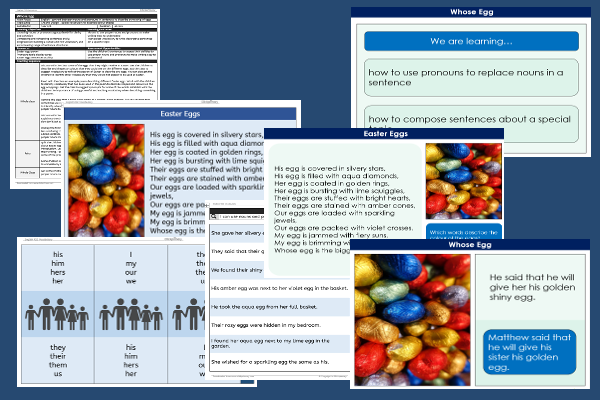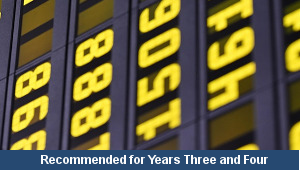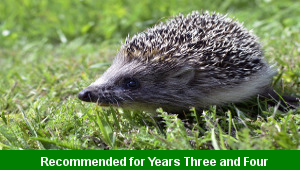Home > Key Stage Two > English > Extra > Easter Eggs
Lesson Three – Whose Egg

This English teaching pack for Key Stage Two gets the children to explain and model how to convert between nouns and pronouns in different example sentences to describe ownership of a range of Easter eggs.
The class can practise writing sentences using pronouns and proper nouns for clarity about Easter eggs to indicate clearly who each egg might belong to in a family.
Download this teaching pack including a lesson plan, classroom activities and an interactive presentation to explain and model how to convert between nouns and pronouns in different example sentences to describe ownership of a range of Easter eggs
Activities in this teaching pack include a shared reading text to identify and define vocabulary used to describe nouns in a poem about different Easter eggs, a table display card to select a range of pronouns to use in sentences replacing nouns about different Easter eggs and a worksheet to model how to use proper nouns to replace pronouns when improving the clarity of sentences.
The interactive presentation gets the children to explore how to convert between nouns and pronouns in different sentences to describe ownership of a range of Easter eggs.
This lesson is part of an English scheme of work to get the children to select and use descriptive vocabulary to create a shape poem describing different types of eggs given for Easter. There are teaching activities for shared learning, differentiated worksheets to support independent learning and interactive presentations to introduce concepts and key skills.
-

Rounding Hundreds
Explain and model how to round some different numbers to the nearest hundred based on the place values of the digits in each number
-

Rounding Tens
Identify and record how to round some different numbers to the nearest ten based on the place values of the digits in each number
-

Classic Animal Stories
Investigate the structure and content of classic works of fiction by significant authors with animals as the main characters
-

Cities, Towns and Villages
Research and present the history of a range of different buildings and people that are part of the local community using a school exhibition
